Good Bugs Versus Bad Bugs
Christmas and poinsettia season have come and gone, and some of you may have seen some poinsettias arriving in your store with some small cards or sachets hanging from the plant or pot. Some of your customers may have asked, “What are these little cards doing on my plant?” What would the right answer be, and what are these little cards and sachets doing in your plants? Our technical support staff frequently receives similar phone calls from consumers who have found these little cards, sachets or small tubes in the plants they purchased.
Traditionally, many greenhouse growers used pesticides to control their pest problems such as whiteflies, thrips, two-spotted spider mites and aphids. However, because of pesticide resistance, limited newer pesticides becoming available, the worker environment and the production of sustainable products, more and more greenhouse growers are implementing biological control agents (BCAs) into their pest-management strategies: These growers are using “good bugs” to control the “bad bugs” instead of using a traditional pesticide spray. Often, these plants not only appear healthier, but also are healthier and perform better and longer, which results in a happy customer who will return next year for another one (or two).
Whitefly Control
In the case of poinsettia, the little cards that you might have seen on the plant or on the pot are a technique to introduce parasitic wasps named Encarsia formosa and Eretmocerus mundus. These little parasites kill whitefly larva on poinsettia plants. This might sound a little scary talking about wasps, but these small parasitic wasps are specific to whitefly and completely safe for humans, animals and other insects. These cards contain pupa of the tiny wasps, and growers producing poinsettia plants start introducing the cards early on in the crop, when the cuttings are just about a week old. The grower will continue these introductions on a weekly basis until the end of October to keep whitefly levels under control. Most people don’t even notice the wasps, which are less than 2 millimeters long.
Fungus Gnat, Shorefly and Thrips Control
Poinsettia growers who are using a biocontrol program may use two other BCAs for fungus gnat and shorefly control, Hypoapsis miles and Atheta coriaria. Hypoapsis is a tiny predatory mite (little spider) that eats the fungus gnat larva in the soil. This is also where these little predatory mites live and where the consumer will not see them at all.
Atheta is a rove beetle, which also kills fungus gnat larva but also goes after thrips pupa and shorefly larva as well. Both these predators are native to North America, and anyone with a composter in their backyard will be able to find both of these predators in there naturally.
Parasitism and Predators
This past May, a grower in Connecticut got a phone call from a garden center owner in the Boston area. The garden center owner told the grower that the dahlias he had shipped to the garden center the day before had aphids on them.
The owner described them as strange aphids with golden-brown coloring that didn’t move at all. They actually were no longer aphids, as they had been eliminated by a parasitic wasp named Aphidius colemanii, which lay eggs inside the aphids, kill them from the inside out and “mummify” the aphid. After some time, this aphid shell will open up and new parasites will emerge to look for more aphids, which could very well be in the customer’s garden. We call this process parasitism, where the parasite uses the host for reproduction.
The same owner also found some ladybugs in the plants. These ladybugs were eating aphids and laying eggs on the dahlia plants. We call these BCAs predators, where the predator is eating its prey completely or sucking it dry. The result is the same: The pest aphids are controlled without using pesticides. Obviously this grower had released BCAs from early on in the crop, keeping his pest population under control and keeping the plants healthy with these helpers.
Parasitic Nematodes
An excellent tool for lawns that are suffering from grubs is the use of parasitic nematodes. Grubs are the larval stages of European chafers, Japanese beetles or June beetles. These microscopic worms, named Heterorhabditis bacteriophora, can be applied to the lawn and kill these grubs. However, the timing and method of application is critical for good results.
These nematodes work only when they are in the soil. Applying them to the lawn on a sunny day without watering them in to the top layer of the soil is a waste of time and money, as this will kill them. It is best to apply nematodes when it is raining or just before turning a sprinkler system on.
As more and more growers are using these “good bugs” to control the bad ones, there might be more questions from customers on what these little bugs do and how they work. There are informative and educational websites available on the biological control of insect pests. In the end, customers who purchase the dahlias from the garden center mentioned will not only purchase a better-quality plant, but at the same time, some good bugs might have more work to do in the garden where they plant them.



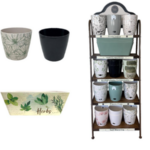
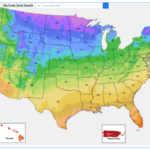

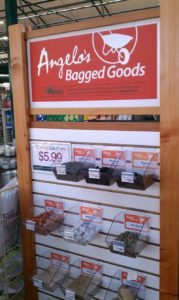
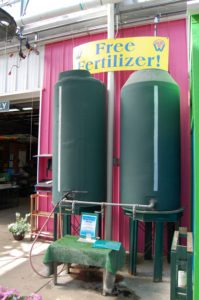
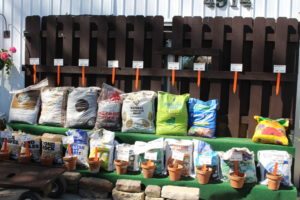
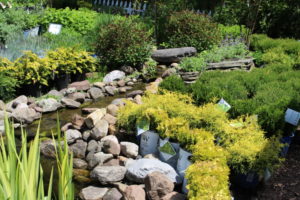
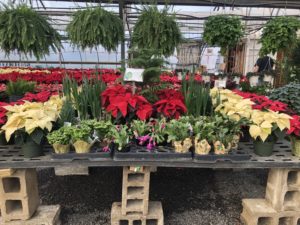
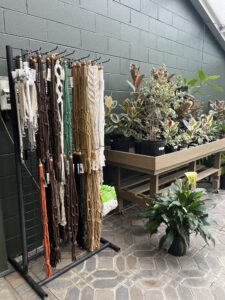
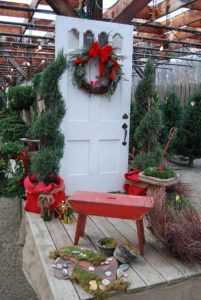

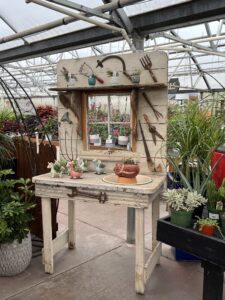

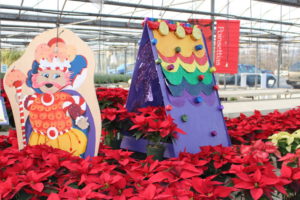
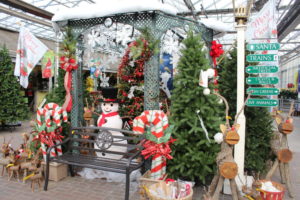
 Videos
Videos





